Australian Government Individual Landcarer Award
The Australian Government Individual Landcarer Award celebrates a Landcare volunteer who has demonstrated leadership in – and commitment to – improving land management practices through practical on-ground or community awareness activities.
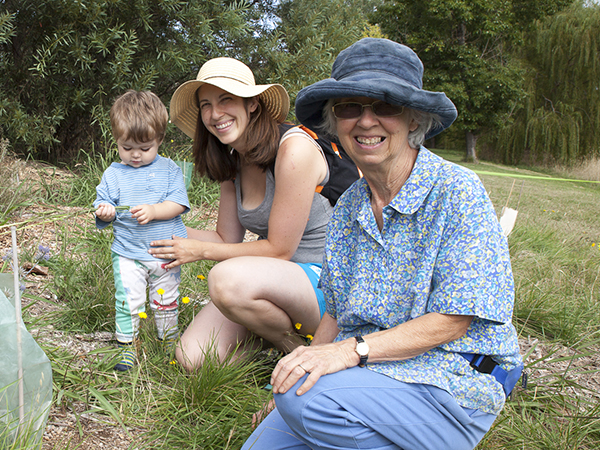
Lenore Hodgkinson, ACT
Lenore’s dedication to educating young people about environmental issues has seen her assume a key role in the North Belconnen Landcare Group since its inception in 1995.
Leading the group for the past decade, Lenore has made ‘Landcare for Littlies’ one of the group’s signature initiatives.
Along with hands-on activities such as weeding and revegetation, local children have learnt about ecosystem functioning and native species in a fun, creative teaching environment.
Lenore has been proactive in welcoming parents and children from migrant backgrounds to the group, providing a sense of community for families new to Canberra.
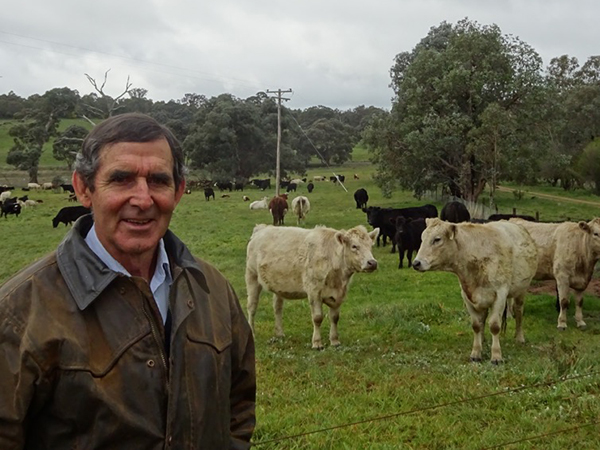
David Marsh, NSW
Boorowa grazier David is acknowledged for alerting primary producers to the fact that a healthy catchment and long-term profitability go hand in hand.
He was pivotal in the early establishment of the Landcare movement, and his property ‘Allendale’ has long been a proving ground for sympathetic land management.
David was one of the first people in the Boorowa district to use direct seeding techniques for planting trees, and his on-ground practice has been influential in educating other landholders.
Since 1989, the Marsh family has hosted thousands of visitors to their property.
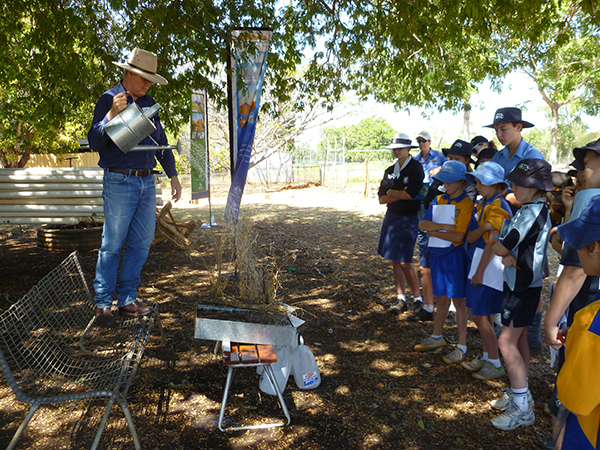
Bob Shepherd, QLD
Bob has devoted his free time to the Dalrymple Landcare Committee in North Queensland since it was founded in 1988.
Bob was involved in the amalgamation of various sub-catchment groups into larger management groups.
This consolidation facilitated large on-ground projects such as riparian fencing for water quality and weed management, pasture and water quality monitoring, salinity risk assessment, and biodiversity monitoring.
Bob has been responsible for the application of the committee’s funds giving him the opportunity to build credibility among the landholder community and within the funding bodies.
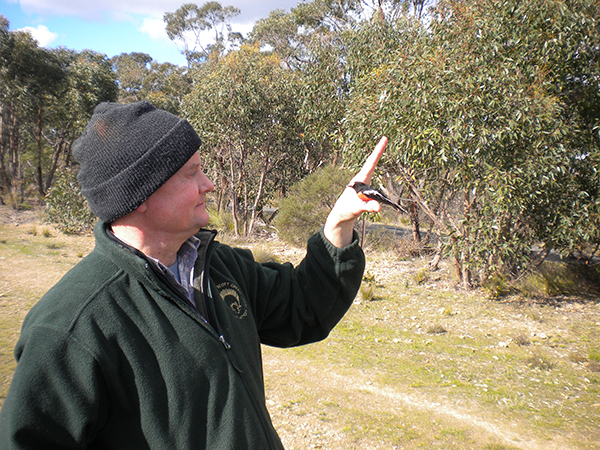
Peter Watton, SA
Peter has been involved in Landcare as a volunteer and staff member since 2000.
Coming to Landcare later in life, his knowledge of bush regeneration techniques, native and pest plant identification, and safe chemical handling, quickly won him respect in the industry.
In his role at Trees for Life, Peter coordinates volunteers across more than 300 Bush For Life sites.
Peter volunteers himself, assisting in restoration work and bird banding at Scott Creek Conservation Park.
He can often be found tending to his patch of heritage mallee bushland near Swan Reach on the River Murray.
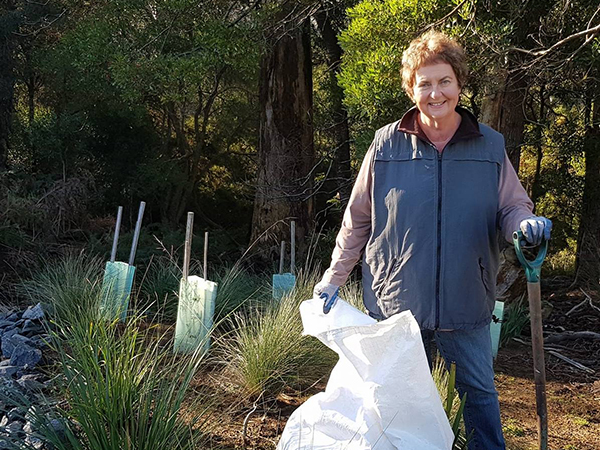
Helen Eastburn, TAS
Helen and Ross Eastburn were instrumental in forming the West Tamar Landcare (WTL) group, one of the longest-running Landcare groups in Tasmania.
Helen and Ross mobilised the local community to protect the Supply River, which was suffering from erosion due to successive floods, and more than 3000 plants were planted following willow removal from the upper catchment.
As well as battling riverbank erosion, the Eastburns have been active in eradicating weeds. For 11 years WTL has undertaken seasonal raids on ragwort and boneseed in public areas.
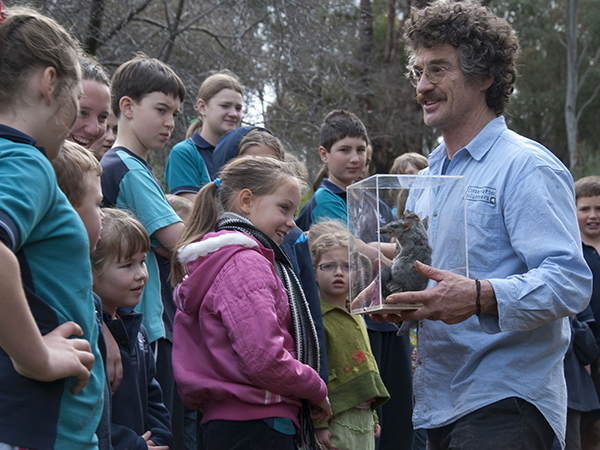
Ian Higgins, VIC
Ian ‘Higgo’ Higgins’ knowledge of Australian flora and his passion for urban creek renewal has seen him work tirelessly with government agencies and neighbouring landholders to support sustainable practices in Victoria.
His efforts coordinating multiple Landcare groups in the newly amalgamated Mount Alexander Shire resulted in the shire’s commissioners allocating funding for the area’s first Environmental Action Plan in 1996.
In 2005, Ian assisted the development of a shire community plan to improve environmental outcomes, resulting in the establishment of a community-based Environmental Advisory Committee.
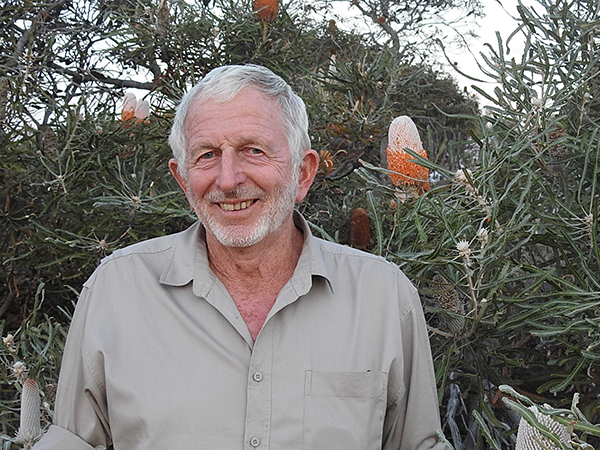
Rob Boase, WA
When Rob and Beth Boase purchased their farm in Dowerin in 1973, they set out to rejuvenate the property’s surviving native bushland.
Rob revegetated land that had turned saline because of historical over-clearing and also fenced areas containing rare and endangered plants.
Rob and Beth’s property is now seen as an outstanding example of how to conserve fragmented vegetation in the Central Wheatbelt.
Rob and Beth have also supported revegetation by cultivating difficult species at their commercial nursery, Arinya Plants, for Landcare projects across the Wheatbelt.



